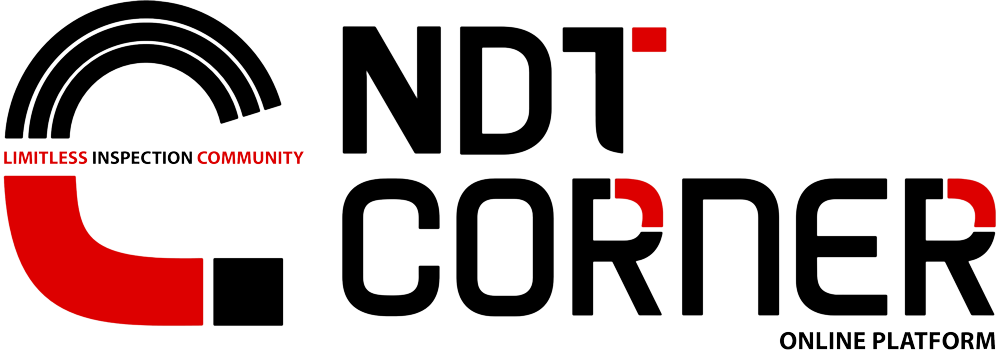
What Positive Material Identification? Why use it?
24 Nov 2022 Download PDF
What is PMI - Positive Material Identification?
Positive Material Identification is an examination of the components related to security & integrity standards concerning the material being used, especially in the area of metal arrangements which can be performed on the spot. Most importantly, it is non-destructive and analyses the subordination of the chemical composition of the material that is being used.
There are lots of varieties available in terms of shapes & sizes, mobile or handheld of the PMI analyses. It also allows the operators to check the safety of the appliance. PMI reviews whether the grade of the alloy has met the given standard, which is absolutely important as this ensures numerous things such as weldability, corrosion and heat resistance.
Why Positive Material Identification Is Important?
Positive Material Identification is essential because it assures the operator of reliable quality control, which enables them to define accurate safety of the work atmosphere and the finished products. Here are some points that describe the importance of PMI in a promising way:
● Make sure that the correct alloy is being used in manufacturing the products and components.
● Assures whether the correct filler materials have been used for the welded elements.
● Helps in finding the potential mixed-up alloy.
● Examines whether the material complies with the set of standards and specifications.
● Obtains abidance with the local government and other legal formalities.
● Due to documented safety standards, it helps in reducing the threat of liability in the company.
● Failure analysis PMI plays an integral role in identifying and resolving the problems to prevent failures in the future.
Positive Material Identification use three types of techniques given below:
1) OES, Optical Emission Spectroscopy - This positive material identification machine is not at all portable in nature; hence it has to be transported to the location, and lifting arrangements have to be made as it can be used at a certain height. This technique can detect all the elements comprising of carbon, steel and all the other lighter elements.
2) XRF, X-ray Fluorescence Analyzer - XRF, is the most commonly used method, and it is a handy positive material identification machine that makes it quite portable which allows conducting positive material identification on-site. The analyser can actually scan the material made of metal and also recognises the critical elements of the material. Nonetheless, the device is not at all adequate for the identification of pure carbon and steel materials as it cannot detect carbon & some other lighter elements.
3) LIBS, Laser Induced Breakdown Spectroscopy - It is an analytical technique that has been used for so many years in laboratories. Primarily, handheld LIBS analyanalyzers used for alloy identification and examination of various applications within the industry of metals. This positive material identification machine is one of the fastest technology that is available in today's time to identify and examine metal alloys.
